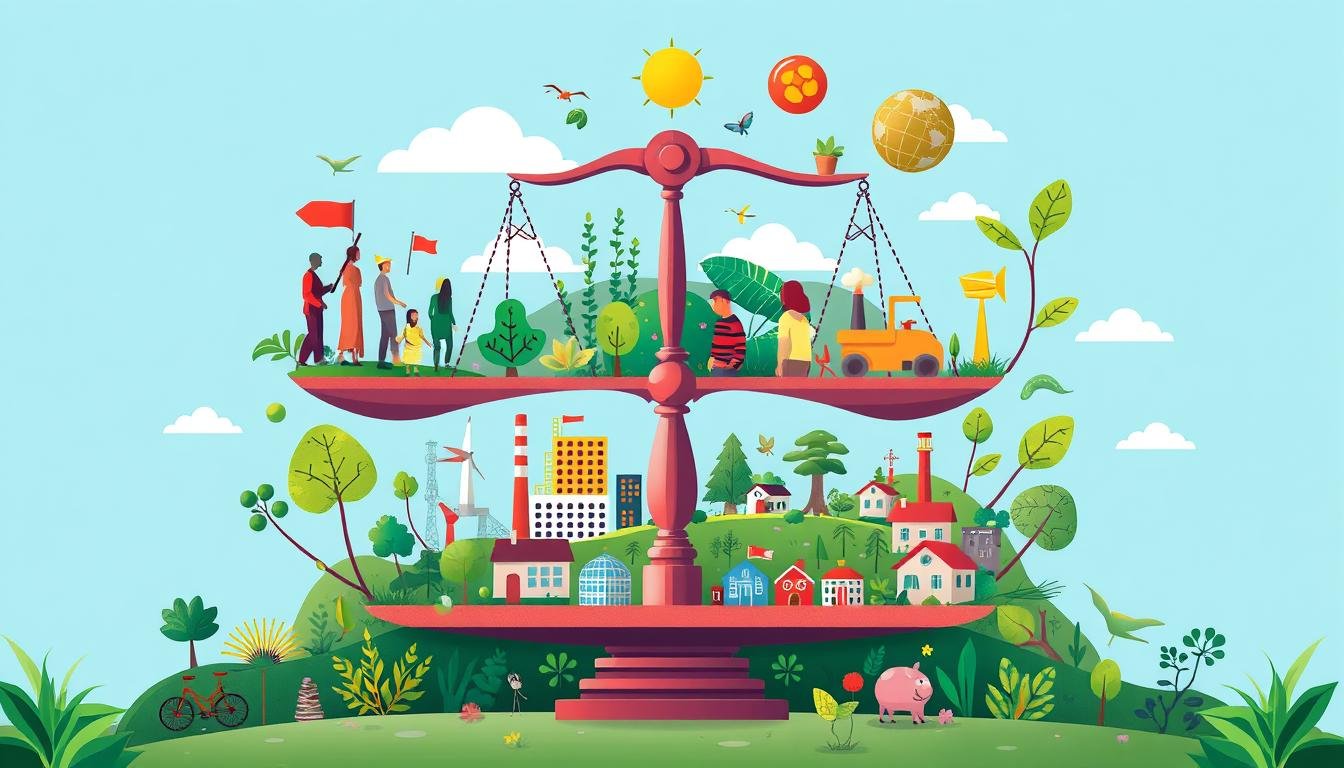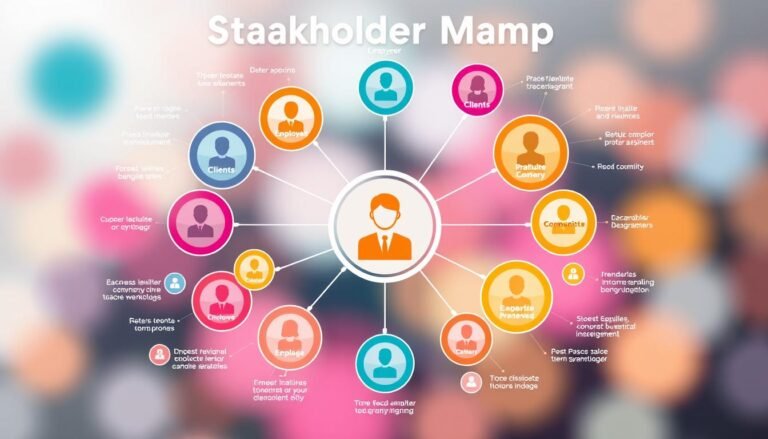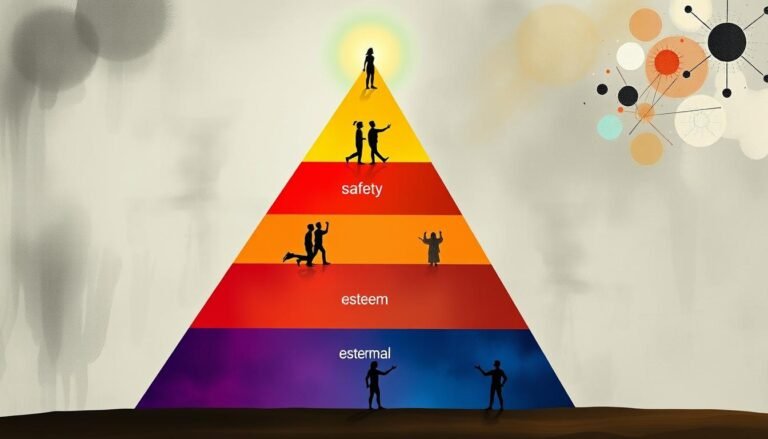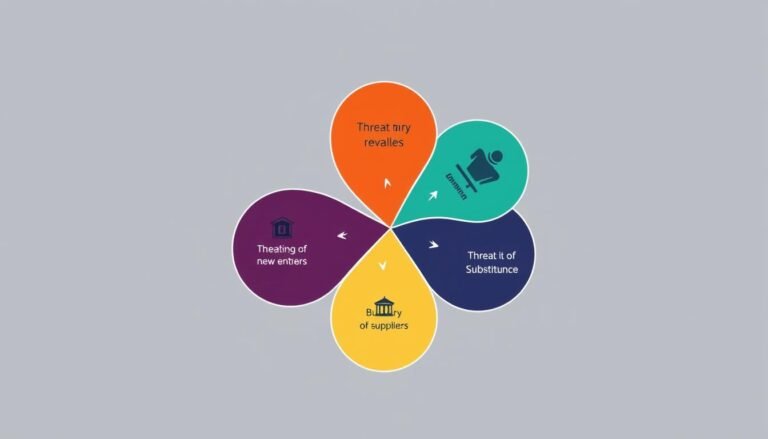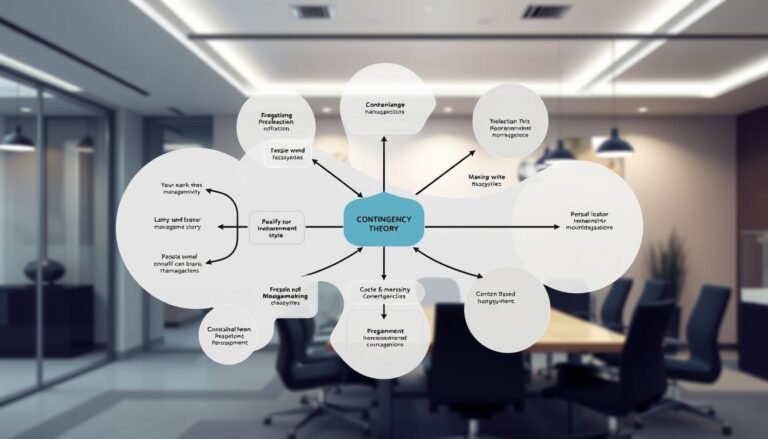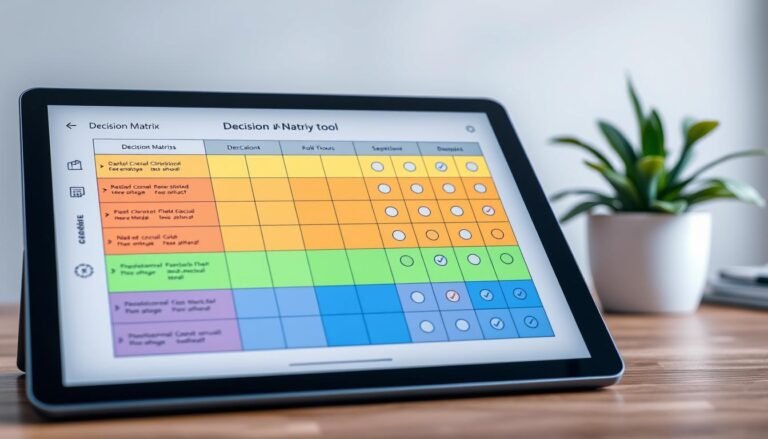Unlock the Power of Triple Bottom Line for Success
What if the secret to sustainable business success is not just about making more money? It’s about helping the community and protecting our planet too. In today’s fast-changing market, sustainability is key. The Triple Bottom Line (TBL) framework is changing the game.
John Elkington introduced TBL in 1994. It looks at a company’s success in three areas: People, Planet, and Profit. An IBM report shows that many consumers are willing to pay more for sustainable products. This shows a big change in what people value.
This shift makes businesses rethink their success goals. They need to mix business ethics and social responsibility into their plans. Doing this can greatly benefit not just the company, but also the community and the planet. Let’s explore how using the TBL approach can help companies succeed in this new world.
Key Takeaways
- The Triple Bottom Line evaluates success through social, environmental, and economic impacts.
- Purpose-driven consumers represent 44% of the market, emphasizing the need for sustainable practices.
- Companies can improve financial returns by focusing on Environmental, Social, and Governance (ESG) metrics.
- Elkington’s TBL framework encourages businesses to balance profit with social responsibility and eco-friendliness.
- Examples from leading firms show effective implementation of TBL can enhance brand loyalty and market position.
- Recognizing and responding to consumer demand for sustainability is crucial for modern business practices.
- Collaboration with stakeholders is vital for achieving TBL goals and ensuring long-term success.
Understanding the Triple Bottom Line Framework
The Triple Bottom Line (TBL) is now key for businesses aiming for sustainable growth. It looks at social, environmental, and economic impacts. This way, companies can make a positive difference in society and the planet.
The Origin of the Triple Bottom Line
John Elkington coined the term “Triple Bottom Line” in 1994. It changed how we measure business success from just looking at profits. Now, companies aim for success in three areas: profit, people, and planet. This approach helps businesses understand their social and environmental effects.
What Does the Triple Bottom Line Entail?
The TBL focuses on sustainable development with several key parts:
- Profit: Being financially healthy is still important. Companies that focus on sustainability often see more profits in the long run.
- People: Looking at social impact means seeing how a business affects its workers, customers, and communities. Companies now work on improving work conditions and community ties.
- Planet: Environmental impact means a company’s effort to lessen its harm on the earth. This includes using resources wisely and following sustainable practices.
Statistics show the TBL’s growing importance. In 2020, Millennials put $51.1 billion into sustainable funds, up from less than $5 billion in 2015. By 2021, ESG funds saw a huge jump to $69.2 billion. Experts predict that by 2025, 33% of global assets will focus on ESG. The ESG investment market is expected to hit about $160 trillion by 2036.
Using the Triple Bottom Line helps businesses do well financially and make a positive change. It matches with what a new generation of consumers and investors want: sustainability in their choices.
Profit: Beyond the Financial Bottom Line
Profit is key in the Triple Bottom Line framework. It shows that making money should be more than just about numbers. Companies that focus on ethical investing and sustainable practices can make a big difference. They help both people and the planet.
This section looks at how financial success and sustainability go hand in hand. It uses real-life examples to show how this works.
Importance of Financial Performance
How well a company does financially is a big sign of its health. It’s figured out by taking revenue and subtracting costs. Without good finances, a company can’t grow or invest in being sustainable.
Now, more investors want to back companies that act ethically. This means businesses must change to meet these new demands. The International Institute for Sustainable Development predicts that by 2025, about 33% of all global assets will focus on ESG mandates.
Linking Sustainability to Financial Success
Studies show that focusing on sustainability can lead to better financial outcomes. In 2021, sustainable funds drew in a huge $69.2 billion. A Nielsen report also found that products linked to ESG saw a 28% growth over five years. This is much higher than products without such labels.
This trend shows that being sustainable attracts customers and investors. It’s a winning strategy for businesses.
Case Studies: Companies Thriving with TBL
Many companies show how doing well financially and being sustainable go together. For example, 85% of big investors now consider ESG factors in their choices. This means companies that follow the Triple Bottom Line do better in the long run.
Now, 71% of employees prefer to work for companies that care for the environment. Being financially strong and socially responsible helps a company’s reputation and keeps customers loyal.
People: Nurturing Social Responsibility
Employees and communities are key to a business’s success in being socially responsible. When companies focus on making their workers happy, they get a team ready to innovate and succeed. By offering fair work conditions, good benefits, and health support, businesses create a place where people want to work hard and stay.
This focus on people leads to real business wins. Happy workers mean less turnover and more productivity. They also make customers happier and help bring new ideas to the table. This boosts a company’s position in the market and shows they care about doing good.
Impact of Employee Well-being on Business Success
Happy employees change the game for a business. They work better, stay longer, and don’t miss work as much. This leads to better customer service and new ideas, giving a company an edge over rivals.
Investing in workers’ happiness often means the business does better overall. It shows a company is serious about being socially responsible.
Building Strong Community Relationships
Being active in the community is a big part of being socially responsible. It helps businesses look good and build real connections. This can be through sponsoring events or encouraging employees to volunteer.
These actions do good for the community and can bring big wins for the business. They make people see the company in a positive light and keep customers coming back.
| Benefits of Employee Well-being | Advantages of Community Engagement |
|---|---|
| Increased productivity | Enhanced public perception |
| Lower turnover rates | Stronger customer loyalty |
| Improved innovation | Opportunities for collaboration |
| Better employee morale | Increased brand trust |
Planet: Emphasizing Environmental Stewardship
Companies are now focusing more on being good stewards of the environment. They aim to reduce their impact on nature through various initiatives. These efforts help meet the growing demand for products that are better for the planet.
Reducing Ecological Footprint
Companies work to lessen their environmental impact by making smart choices. They use less energy, produce less waste, and choose materials that are better for the earth. These actions improve their reputation and make customers more loyal.
By focusing on sustainability, companies can also find new ways to stand out in the market. This approach leads to a healthier planet and encourages more innovation.
Innovative Practices for Environmental Sustainability
Some companies are leading the way in making the planet a better place. They do this through several innovative steps:
- Using renewable energy to power their work and cut down on fossil fuel use.
- Starting recycling programs at their offices to reduce waste.
- Choosing suppliers that source materials in an ethical way.
- Getting employees involved in green projects to build a sustainable culture.
- Creating products that are good for the environment and what customers want.
Companies like Unilever show how to be good stewards of the planet. They focus on reducing waste and making their products more sustainable. These efforts appeal to customers who care about the environment. It helps these companies stay profitable and build strong brand loyalty.
Challenges in Implementing the Triple Bottom Line
Implementing the Triple Bottom Line (TBL) framework is tough for companies wanting to balance profit, people, and planet. As more businesses and non-profits go for TBL, making sure they’re accountable becomes key. It’s important to tackle these challenges to make sustainable practices work.
Balancing Profit, People, and Planet
Trying to balance TBL’s three pillars—people, planet, and profit—can be tricky. Companies often struggle to put social equity and environmental care on the same level as making money. Finding common ground on sustainability indicators is hard because different industries have different needs. Not having clear ways to measure TBL impacts makes it tough for companies to track their progress.
Overcoming Common Obstacles in TBL Adoption
Resistance to change is a big hurdle in adopting TBL. Social and environmental aspects are tough to measure, unlike economic ones. This makes it hard to fully understand their effects. Putting a price on these factors also brings up ethical questions, making decisions harder. Small businesses often don’t have enough money to invest in being sustainable. This shows how important strong leadership is in making TBL work across all areas of a business.
| Challenge | Description | Potential Solutions |
|---|---|---|
| Balancing Profit and Sustainability | Conflicting objectives can lead to prioritization issues between economic growth and social/environmental responsibilities. | Establish clear sustainability goals aligned with business objectives. |
| Resistance to Change | Organizational culture may resist the integrations of new frameworks like TBL. | Foster an inclusive dialogue that highlights benefits of TBL adoption. |
| Resource Constraints | Limited financial and human resources can impede the investment in sustainable practices. | Seek partnerships and funding opportunities to support TBL initiatives. |
| Measuring Impact | Difficulty quantifying social and environmental factors limits meaningful reporting. | Develop and adopt industry-specific metrics for clearer assessment. |
Measuring Success: The Role of Metrics in TBL
Measuring success in the Triple Bottom Line (TBL) needs clear and detailed metrics. These metrics are key to see how a company affects the environment, society, and the economy. Using ESG criteria helps businesses check their sustainability efforts, making things more open and responsible.
Importance of ESG Criteria
ESG criteria are very important. They cover important details about how a company works. Over 80% of TBL’s impact comes from the first level of the supply chain. This shows the need for a deep look at things like:
- Unemployment rate
- Gender inclusivity
- Median income
- Poverty rate
- Percentage of educated population
- CO2 emissions
This method helps businesses and governments set and meet goals. Governments use TBL to make decisions and check how well things are going. This leads companies towards being more sustainable.
Global Reporting Initiative (GRI) Guidelines
The Global Reporting Initiative (GRI) gives rules for companies to share their impact on the economy, society, and the environment. Sustainability reporting under these rules gives stakeholders important info on a company’s journey and hurdles. For example, it looks at things like income, job growth, and how different sectors do financially.
It also looks at environmental issues like air quality and how well a company manages waste.
Tools like the Radar/Spiderweb Diagram help companies see how they’re doing against certain metrics. This lets them track changes in their performance over time. Activities like the Triple Connection business simulation help companies learn and come up with new sustainable strategies.
Conclusion
The Triple Bottom Line is a key guide for businesses wanting to succeed in today’s complex world. It balances profit, people, and planet for long-term value and positive impact. The United Nations Global Compact highlights the need for this approach to tackle issues like poverty and resource scarcity.
With growing demands for corporate accountability, using TBL in business strategies is crucial. Companies that focus on the environment gain an edge. For example, 69% of consumers look for eco-friendly products, helping businesses boost their image and profits.
Adopting sustainable practices leads to big wins like lower costs, more revenue, and loyal customers. Companies like Patagonia and Unilever have thrived by putting environmental care at their core. By embracing the Triple Bottom Line, businesses become leaders in sustainability and accountability.
Source Links
- The Triple Bottom Line: What It Is & Why It’s Important
- How You Can Implement The Triple Bottom Line
- An Explanation of the Triple Bottom Line | UW Online Collaboratives
- Making the Business Case for Triple Bottom Line and ESG – MA Design
- What Is the Triple Bottom Line (TBL)? | IBM
- The Triple Bottom Line Approach: Beyond Profit
- Triple Bottom Line: Achieving Success With Purpose
- Sustainability and the Triple Bottom Line: Nurturing Responsible Corporate Practices
- Sustainability management system: The Triple Bottom Line
- Triple Bottom Line
- Understanding the Triple Bottom Line to succeed as a business – Rheaply
- Triple Bottom Line: recognizing challenges and moving forward – Center for Community and Economic Development – Michigan State University
- Exploring the Concept of the Triple Bottom Line in Business
- Challenges In Implementing Triple Bottom Line – FasterCapital
- Is it possible to measure The Triple Bottom Line (3Ps) and how to do it?
- What Is It and How Does It Work?
- The Triple Bottom Line Framework
- Balancing Profits, People, and the Planet: Navigating the Triple Bottom Line for Sustainable Success
- What is the Triple Bottom Line Business Model? – Causeartist

